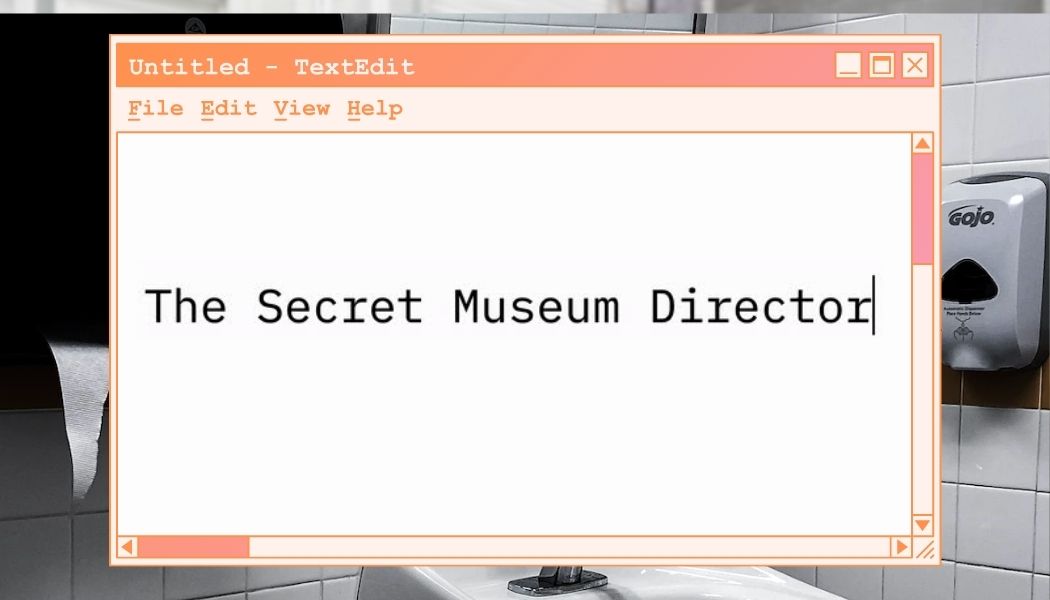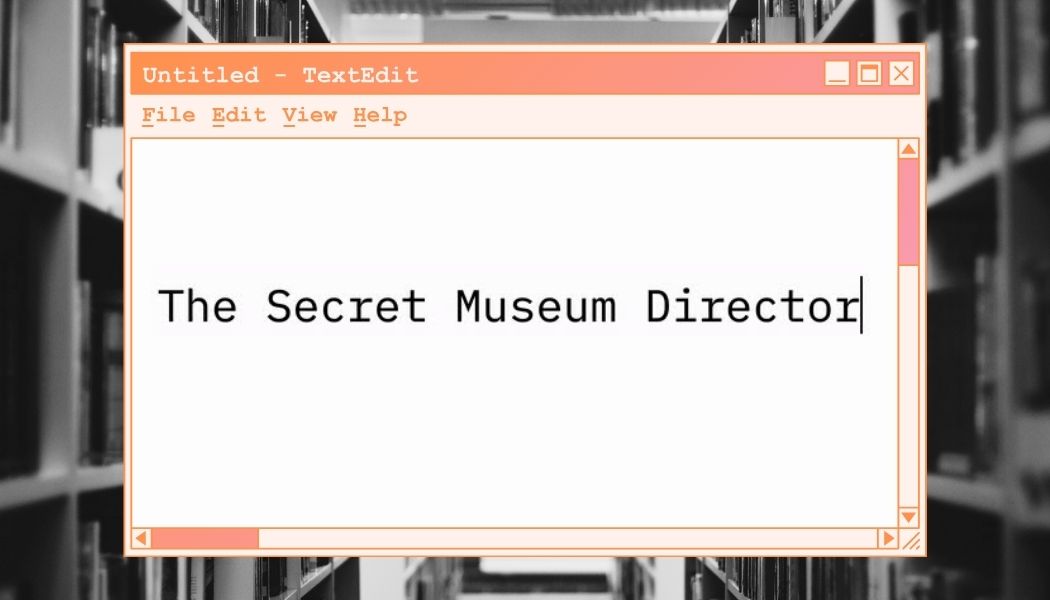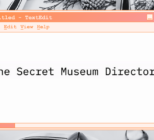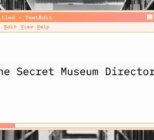I have a complicated relationship with both volunteers and volunteering. In my first heritage job, straight out of university, I found myself managing a team of nearly 100 volunteers. Almost all of them were three times my age, with the opinions and expectations to match. With absolutely no experience of people management or coaching, I was suddenly expected to work with a team made up of a complex mix of people who were frequently belligerent, often supportive, and occasionally bullying. I remember in the early days being reduced to tears by a particularly aggressive volunteer who stormed into the office one day, to tell me that she “had to shout at me now” for something that I had failed to do.
Support and training events were well-meaning, but utterly ineffective. I went to various “how to deal with difficult volunteers” sessions, only to come away even more frustrated. Every time the advice was to simply ask them to leave – something that with my inexperience and lack of confidence, felt utterly impossible for me to do. What I felt I really needed was someone with all the knowledge and experience I didn’t have to come in, and sort it all out, in the vague hope that I would learn from watching this mythical volunteering expert work their magic.
This mystical being never appeared and instead I persevered, and over time, got better (and older). I learnt that I needed to tailor the ways I communicated to who I was talking to. I discovered that I couldn’t just fire off an email to all volunteers in the hope that it would stick, but that I had to take the time to talk, and to listen, and above all, that I needed to be there, and to give my time, and my thanks.
I found that working with volunteers who had come to us for respite and to recover was one of the most rewarding aspects of working in heritage, as I watched people rebuild their confidence and flourish as part of a supportive team.
But I also learnt that good volunteer management is a job in itself; that it takes time, patience and understanding. It isn’t a bolt-on that can be tagged onto another role or subsumed into a larger project. Volunteering needs to be tailored and targeted, it cannot be a cost-saving measure. To swap staff for volunteers in a funding crisis, is as futile as cutting the marketing budget.
To swap staff for volunteers in a funding crisis, is as futile as cutting the marketing budget.
Volunteers are giving up their own precious free time to be a part of our heritage mission. With that comes tacit understandings: that if they don’t want to turn up, they don’t have to; that they can complete the work to the standard that they chose, and that change needs to be handled very carefully.
What boards need to understand is that volunteering is not free. Whilst volunteer management might be a tag-on to a vast array of staff roles, to do it well, to make sure that you are creating a volunteer offer that is beneficial for everyone, takes a vast amount of time and so very often becomes all consuming. The hidden costs of volunteer management are huge – and not always financial.
As long as volunteering remains central to the heritage sector, that question “can we get a volunteer to do it?” will always be asked. But it must also always be challenged.













